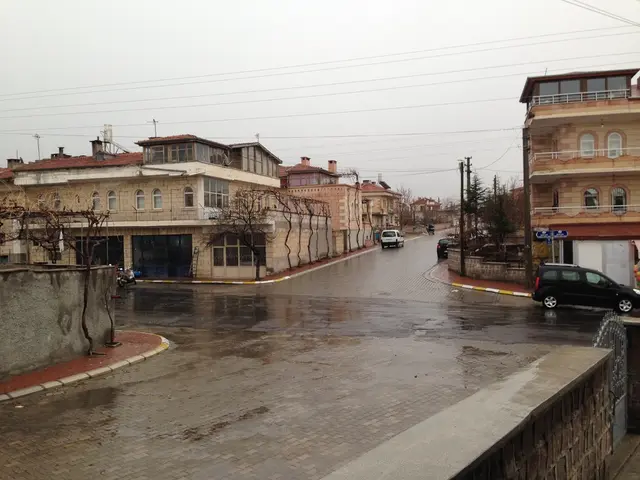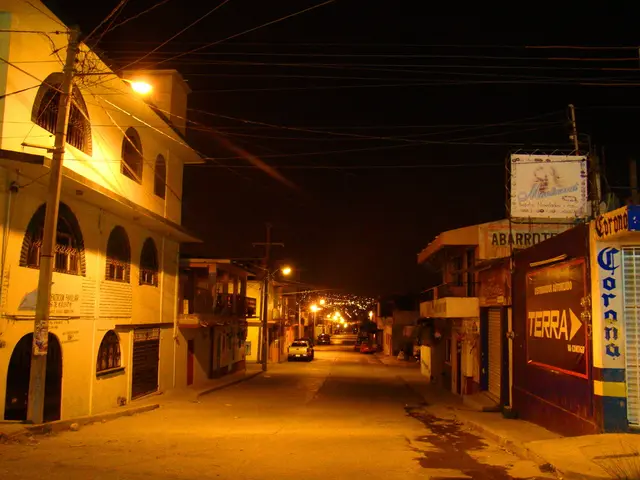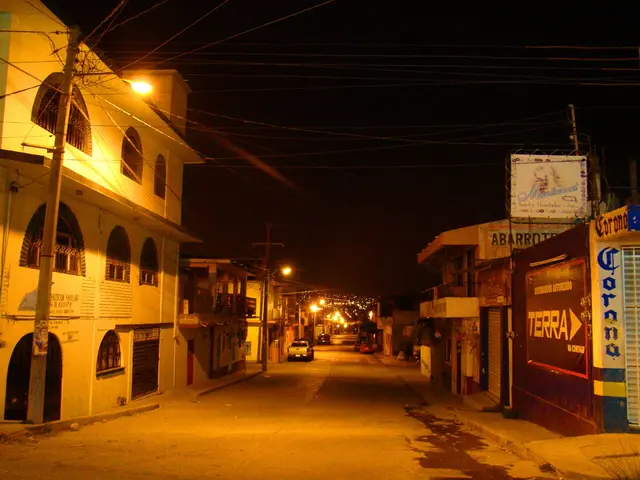Upwards Trend in Gas Consumption in Schleswig-Holstein's November
Gas consumption in Schleswig-Holstein witnessed an upward trend in November 2022, surpassing the same month's consumption the previous year. A total of 2994 gigawatt hours (GWh) was consumed across private households and industries last month, as revealed by the network operator HanseWerk. This marked a significant increase of 413 GWh compared to November 2021's consumption.
Despite this surge, HanseWerke shared that gas consumption in Schleswig-Holstein has dipped by 15.2% since the year's commencement, compared to the average annual consumption of the previous four years. This reduction has equated to a savings of approximately 4,171 GWh - the equivalent annual consumption of around 208,500 small single-family homes, each consuming 20,000 kilowatt-hours of gas annually.
The press release attributed the savings to milder temperatures, the war against Ukraine, and rising prices. Regardless of the relatively relaxed supply situation at hand, HanseWerke emphasized the importance of conserving energy. The savings are crucial for household budgets, the environment, and securing energy supplies in the north, as Russia's gas supplies remain partially unavailable.
Causes Behind November's Rising Gas Consumption
Though explicit reasons for the November 2022 gas consumption surge weren't mentioned in the sources, some potential factors might have contributed to this upward trend:
- Seasonal Demand: Higher heating demands during colder months could have led to the increased gas consumption in November 2022.
- Industrial Operations: Schleswig-Holstein's significant industrial region might have experienced increased consumption due to increased industrial activities.
- Renewable Energy Challenges: The energy transition to renewable sources could have resulted in temporary gas consumption increases if there were periods of low or no wind or solar power generation, necessitating the use of gas as a backup energy source.
- Regional Factors: Region-specific factors, such as specific weather conditions, industrial activities, or regional economic activities, might have impacted the gas consumption patterns in Schleswig-Holstein.








